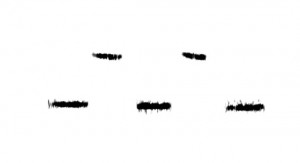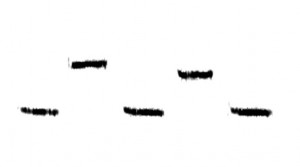Listen to the cacophony of bird sounds at dawn. Does it make you want to be able to tell which species chime in? Wouldn’t it be nice to have an app “listen” with you and list all the bird species that are vocalizing? You are not alone, this is what researchers have been and are still working on. If you are somewhat familiar with bird song, you can imagine that it is not an easy task. Every species has its own characteristic sounds. But even within a species every individual most likely sings more than one rendition of the species-specific song and does so with variations.
Listen to the songs of the Yellow Warbler, Chestnut-sided Warbler and Yellow-throated Warbler, three species in the wood warbler family, that commonly sing in Ohio in spring.
-

-
Yellow Warbler
-
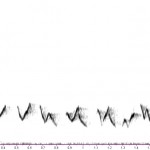
-
Chestnut-sided Warbler
-

-
Yellow-throated Warbler
Here is an example of two different song types sung by the same Yellow Warbler male:
-

-
Song type 1
-
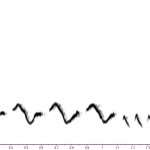
-
Song type 2
Training software
To develop a bird song recognition app, software needs to be trained with real bird songs. An animal sound archive that houses thousands of recordings is an ideal resource for this endeavor. The Borror lab has provided many of our 47,000+ recordings to different researchers. Recently, Dr. Peter Jančovic, Senior Lecturer in the Department of Electronic, Electrical and Systems Engineering at the University of Birmingham, UK collaborated with us. He and his colleagues developed and tested an algorithm on over 33 hours of field recordings, containing 30 bird species (To put this in perspective, to-date 10,000 species of birds have been described and half of them are songbirds – so 30 species is really only the tip of the iceberg). But, his results are promising, the developed system recognizes bird species with an accuracy of 97.8% using 3 seconds of the detected signal. He presented these first results at the International Conference on Acoustics, Speech and Signal Processing in Shanghai.

The software correctly identified this sonogram as song from a Yellow Warbler.
Birdsong recognition apps
Some prototypes of birdsong recognition software and apps are already on the market.

These are some of the already available bird song recognition apps that you may want to try.
Think of them as the Shazam of birdsong (For those of you not familiar with Shazam, it is an app that identifies music for you). Instead of sampling audio being played you record the bird’s song in question. The software will then compare features of the recorded sound against a database based on pre-recorded, identified sounds, a sound library.
Challenges and problems
This simple sounding process has challenges and problems: You need to get a really good recording of the bird you want to identify, i.e. no other birds singing nearby, no traffic noise, people talking or lawn mowers obscuring your target sound. Once you have managed this, a good app takes into account where in the world, even within the USA and within Ohio you recorded the song. Birds sing with local variations. Research in our lab has focused on this for many years: Birds learn their songs by imitating conspecific adults where they grow up and will incorporate any variations these birds sing in their repertoire. Thus the recorded sounds need to be compared to geographically correct songs of each species. Once the location has been set, the app needs to compare the recording to thousands of songs, because most of our songbirds sing at least 5 types of typical song, some sing over 100. Some like the Northern Mockingbird imitate the sounds of other species.
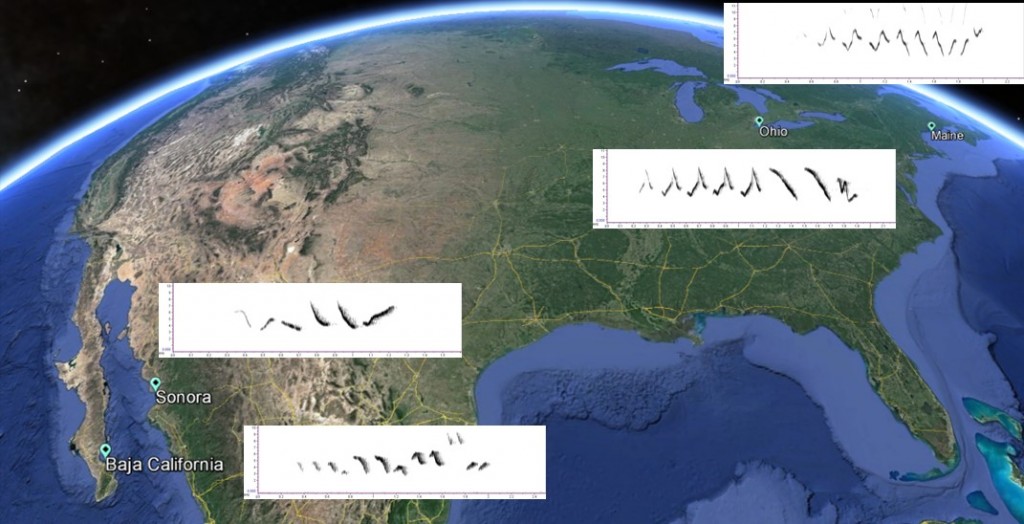
Listen to and compare Yellow Warbler songs from Ohio, Maine and Mexico, Baja California and Sonora.
I hope I have not completely discouraged you from trying one of the bird song recognition apps. They truly are an innovative application of the thousands of songs that have been recorded, archived and can be listened to for free. Have you already tried one of these apps? We would love to hear your experiences!
About the Author: Angelika Nelson is the curator of the Borror Laboratory of Bioacoustics.
Resources:
Jančovic, M. Köküer, M. Zakeri and M. Russell, “Bird species recognition using HMM-based unsupervised modelling of individual syllables with incorporated duration modelling,” 2016 IEEE International Conference on Acoustics, Speech and Signal Processing (ICASSP), Shanghai, 2016, pp. 559-563. doi: 10.1109/ICASSP.2016.7471737
Bird song ID apps
USA:
Bird Song Id USA Automatic Recognition and Reference – Songs and Calls of America
BirdGenie
UK:
Chirpomatic
Warblr
A comparison of Chirpomatic and Warblr for birds recorded in the UK.
 Listen for yourself to find out what Kira’s favorite and most bizarre bird has been, what some of the challenges are of working in our lab, and what she enjoys most about her work:
Listen for yourself to find out what Kira’s favorite and most bizarre bird has been, what some of the challenges are of working in our lab, and what she enjoys most about her work:































